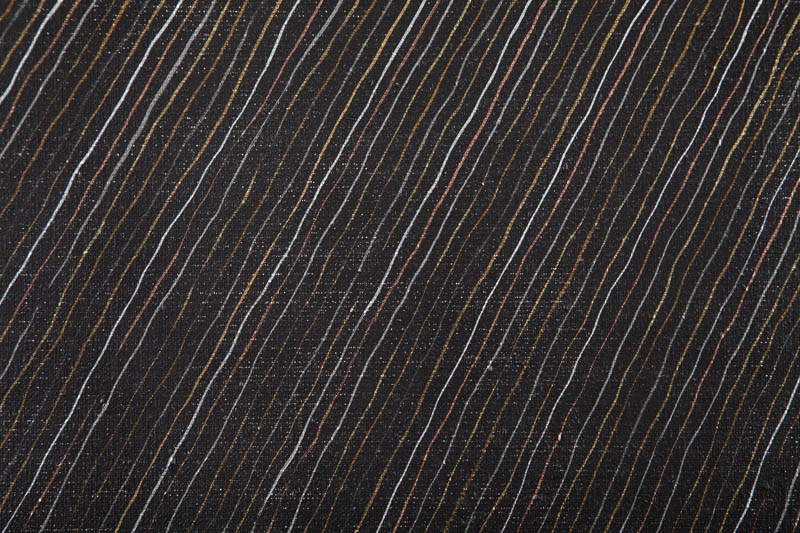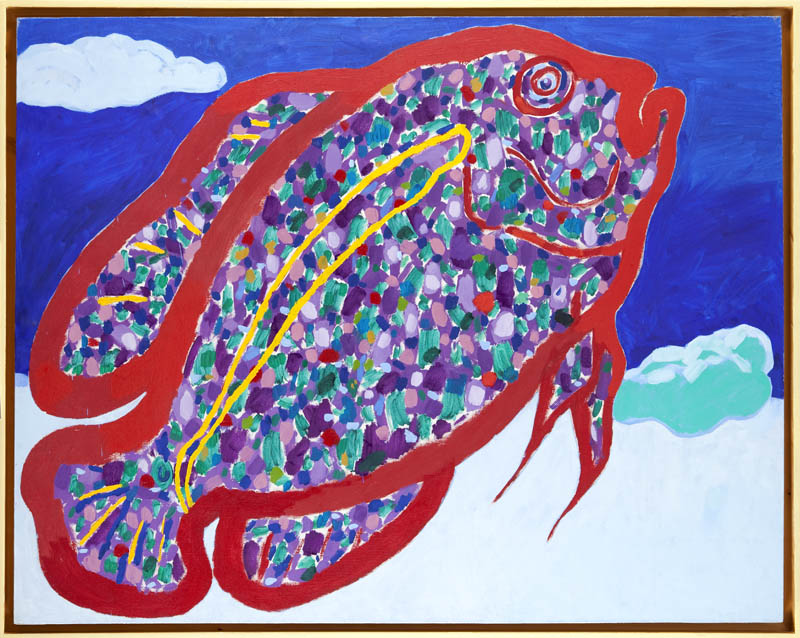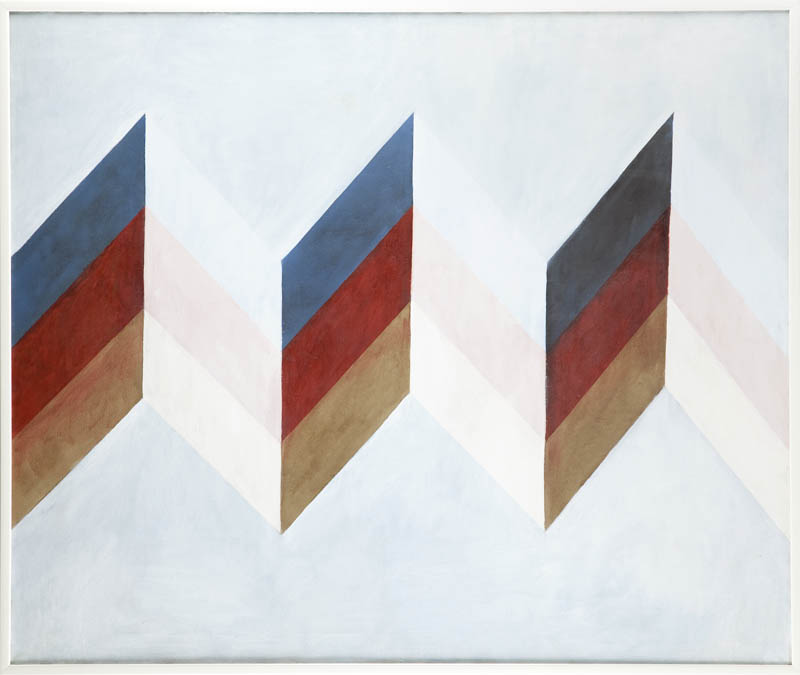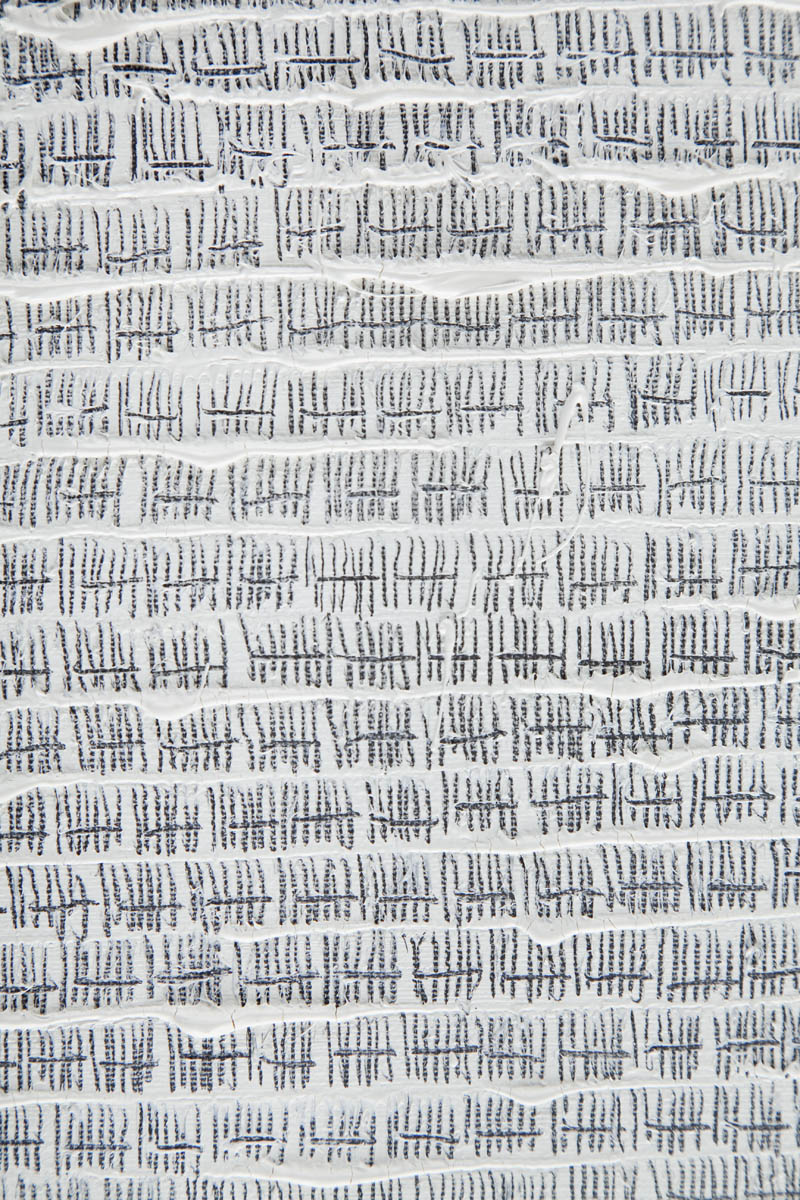The Bank does not have a formal energy saving policy or, for example, an ISO 5001 System regarding an energy management system. However, the Bank is working towards optimizing energy consumption with a simultaneous cost optimization policy.
An energy efficiency audit of the business was conducted at the Bank in 2017 (in accordance with the Energy Efficiency Act), on the basis of which the areas of the greatest energy-saving potential were identified and the action plan developed.
1) In terms of electricity, the main objectives of these activities include:
- the modernization of large refrigeration installations: the first investments were made in 2017, while the next projects are planned for 2018;
- the modernization of lighting: LED lighting has been introduced into the standard; a gradual replacement of lighting from fluorescent luminaires to LED lighting is planned in the largest properties after taking into account the economic calculation and successive replacement in the branches in accordance with the modernization plans;
- the analysis and modernization of other installations at technical infrastructure facilities, e.g. electric air humidifiers for ventilation units;
- further design optimization during modernizations and investments.
2) With regard to the other energy media (gas, heat energy, heating oil and diesel fuel) the main objectives of these activities include:
- an analysis of the opportunities and the possible implementation of a change in the supply of central heating boilers from heating oil to gas – a cleaner and cheaper source of heat energy (a detailed technical and financial analysis of the individual locations has been planned for 2018);
- standardization of hot water temperature settings to reduce “overheating” of hot domestic water;
- modernization of the infrastructure of central heating installations supplied with heat energy from external suppliers, e.g. by modernizing of heat exchangers, control automation systems, etc., taking into account the economic calculation;
- other modernizations in accordance with the modernization plans for the entire infrastructure of facilities;
- finalization of analyses regarding the introduction of hybrid cars into the Bank’s fleet (the first hybrid cars are already being used by the Bank);
- the introduction of training at eco-friendly driving for the employees, which should lead to reduced amount of fuel consumed.
An important element of the energy saving strategy at the Bank is the rationalization of ownership of premises and office space.
The nature of the Bank’s business activities (high degree of dispersion of small properties) and the accepted principle that cost-saving measures should also be economically sensible (taking into account the life cycle of the facility) means that the optimization of energy consumption is a process which the Bank is trying to conduct in parallel with other processes, e.g. planned investments.
Most entities from the Group located in Poland use the Bank’s property, so the Bank’s activities regarding the optimization of energy consumption apply partly to the office space occupied by these companies.
Program for optimizing printouts and a reduction in paper consumption
“Optimization of processes” – “faster and paperless” is embedded into the Bank’s Strategy. The SMARTOP project regarding the digitization of sales and support processes was launched in 2017. The project is being implemented in three streams of work:
- Paperless;
- Channels;
- Automation / Robotics.
The objectives of the SMARTOP project include:
- preparation of IT infrastructure for digitization and automation of the sales and support processes;
- the implementation of solutions enabling the elimination of paper documents from processes;
- strengthening the role of remote channels with regard to the support of after-sales processes and standardization of customer service in all channels;
- robotization (implementation of fully independent software for handling sales and support processes without the involvement of an employee), automation (total or partial limitation of the role of the employee in the implementation of the processes) and standardization (optimization of the duration of the process) of selected support processes.
Activities implemented in 2017 included, among others:
- the withdrawal from some paper correspondence to the customer, as well as replacing it with communication in the form of text messages;
- the encouragement of customers to switch from paper statements to electronic statements;
- the combination of communications with two borrowers in one envelope (if legally permissible and acceptable in business terms);
- the combination of instructions and confirmations for payment and withdrawal transactions on one document;
- the reduction in the need to print reports in the cash flow process.
All the activities conducted at the Bank (including the SMARTOP project) resulted in a 7% reduction in paper consumption in the branches, i.e. by 37.4k reams of paper.








